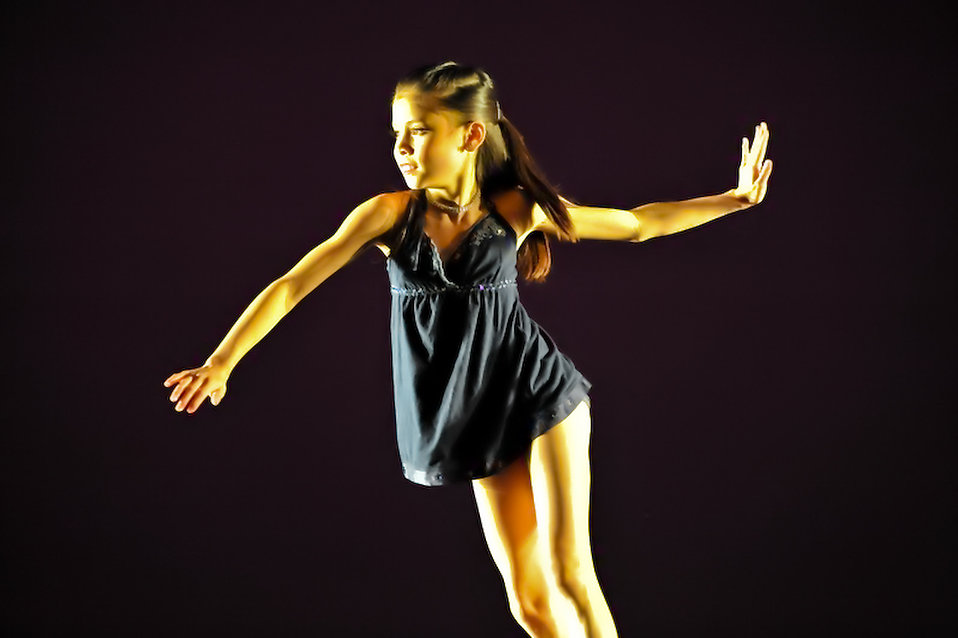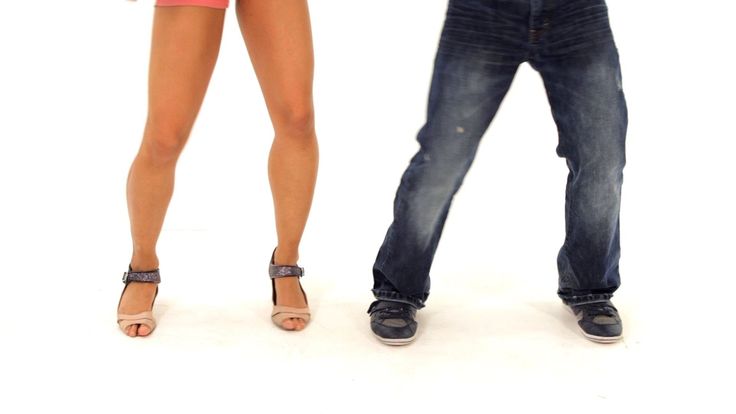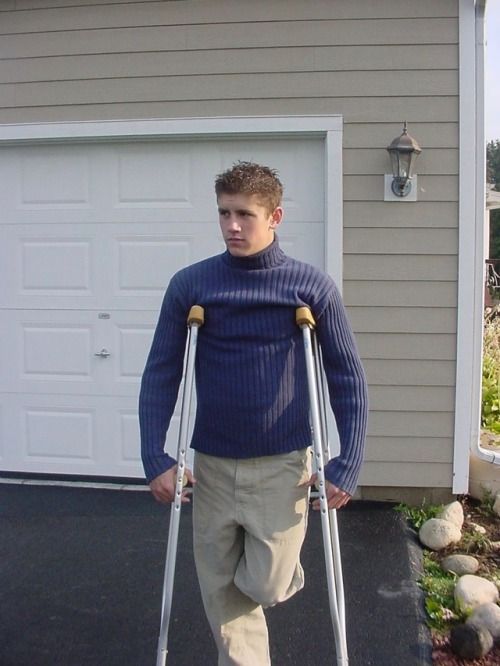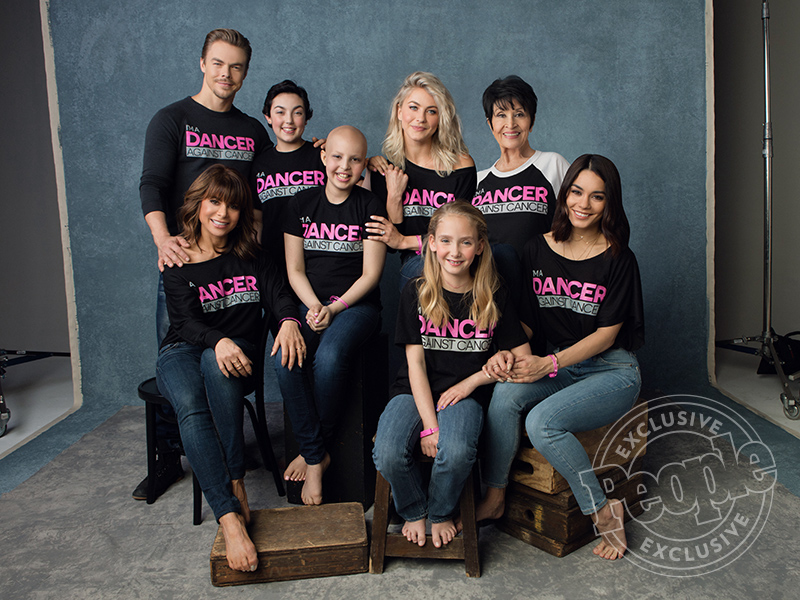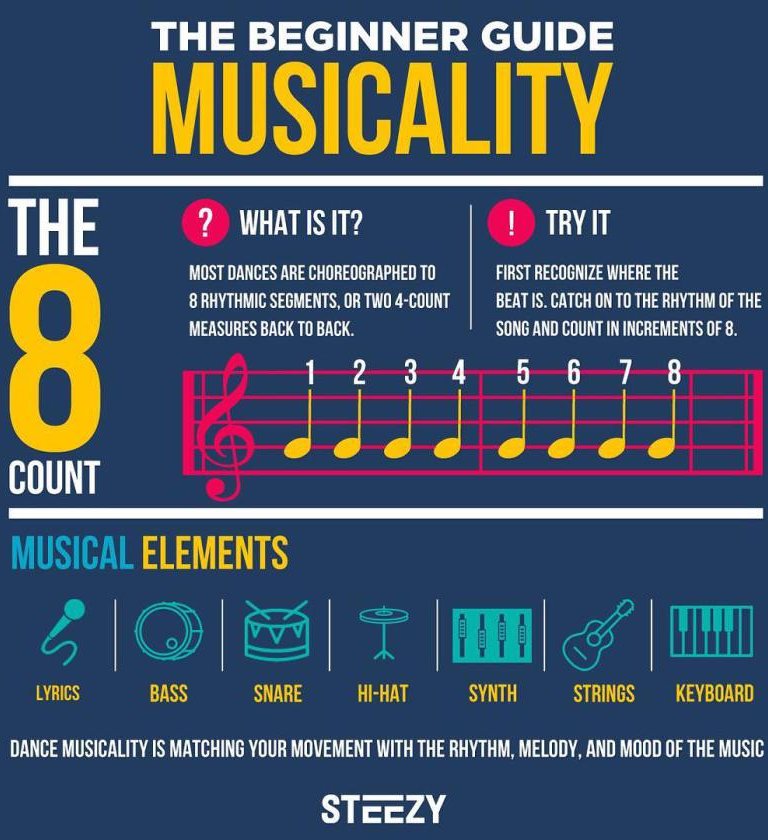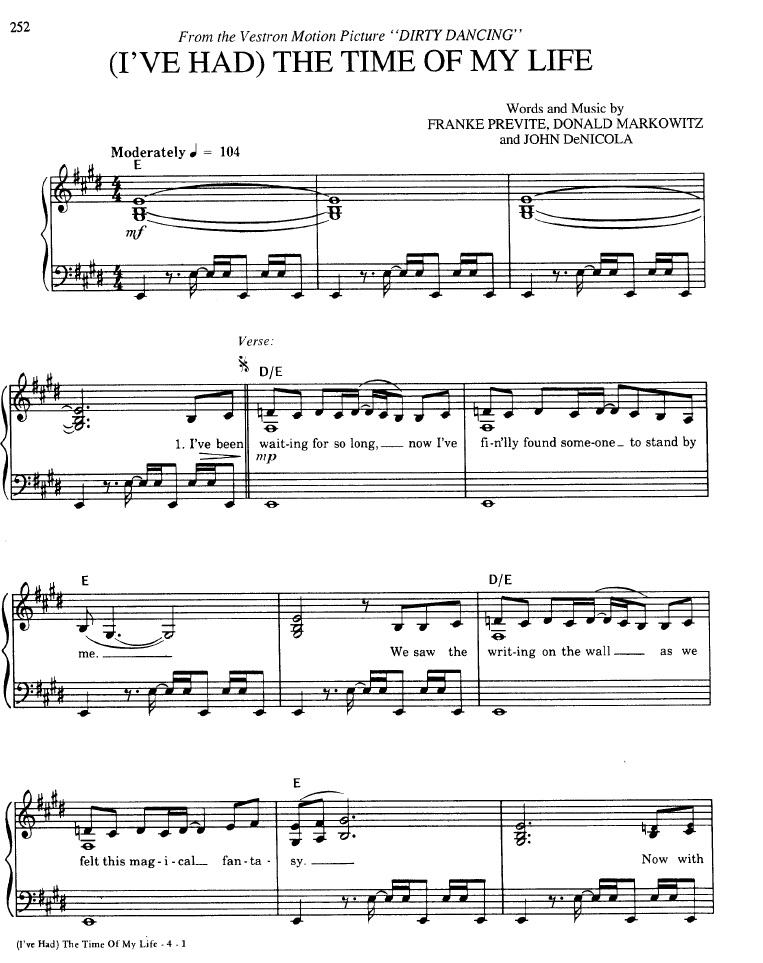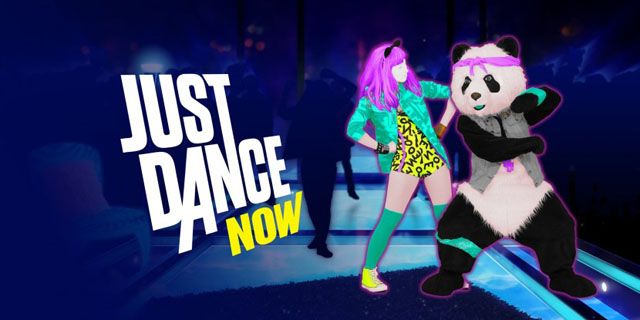Learn how to buck dance
Appalachian Clogging and Flatfooting and Buck Dance, oh my!
What’s the Difference?
I teach traditional dance of the Appalachian Mountains, and one of the of the first questions I often get asked in my classes is, “What’s the difference between clogging and flatfooting?” Buck dance is another name that you often hear for this group of related forms.
So what IS the difference? The answer is both simple and complex.
I’ll start by saying that, where I’m from in the coalfields of Eastern Kentucky, we never made much distinction between the styles, and mainly just called it all “dancing”. (Just as I didn’t learn to group music into “bluegrass” and “old-time” categories when I was growing up–it was all “music”!) But since people often mean different things by each term, I’ll go over them here.
Historical Influences
Like the rest of Appalachian culture, the musical and dance forms of the region evolved over time and with many influences. Although there isn’t a ton of recorded history, many scholars believe that steps from the British Isles, Africa, and the indigenous peoples of the US all likely wove their way into the mix. (And given that Appalachian history has long been white-washed, it’s worth emphasizing here the huge role that African-American artists played in both music and dance from the region.)
Flatfooting
Flatfooting is a low, close-to-the floor style of dance that focuses on making rhythms that go along with the music, usually an old-time dance tune. It’s really all about the sound, and most flatfooters don’t do anything fancy with their arms–there’s a real economy of motion.
Buck Dance
Buck Dance is a term that some use interchangeably with flatfooting, while others use the term to refer to a style that is more energetic, “stompy”, and probably even more closely linked back to the Black dance styles from which it evolved. One thing that most folks agree on is that both flatfooting and buckdancing use much smaller movements than clogging, which can contain leaps, hops, and larger leg movements.
Clogging
Clogging comes in a HUGE variety of styles these days. One thing that sets it apart in general from flatfooting is the use of the shuffle. The basic clogging step is comprised of a “shuffle-step-ball-change” movement, and many other steps also include shuffles. But apart from that commonality among all the types of clogging, you can find:
One thing that sets it apart in general from flatfooting is the use of the shuffle. The basic clogging step is comprised of a “shuffle-step-ball-change” movement, and many other steps also include shuffles. But apart from that commonality among all the types of clogging, you can find:
- contemporary cloggers that dance in jingle taps, who incorporate French-Canadian, Irish, Hip-Hop, and other steps, and dance to ALL kinds of pop music
- cloggers that dance to Country & Western-Style music and have movements and patterns similar to line dance
- “old-timey” clogging groups (such as the long-standing Green Grass Cloggers out of NC) who tend to dance using less flashy steps and whose floor patterns mimic square dance figures.
Further Reading
Dance, music, and all art are continually evolving. For those who’d like more scholarly reading about the dance and history of the region, I recommend Phil Jamison’s book on the subject, “Hoedowns, Reels, & Frolics”.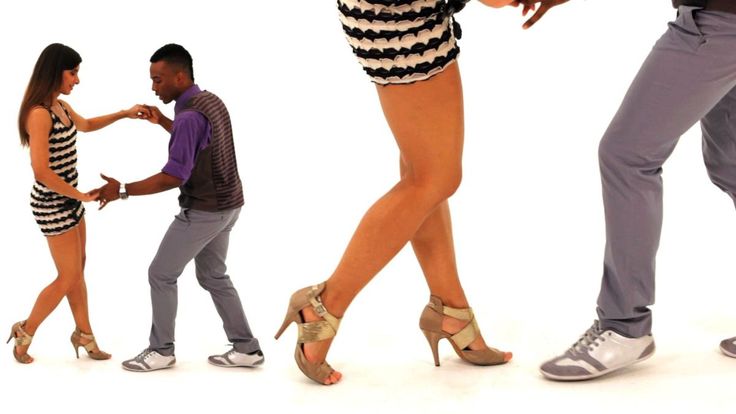 He also has a wonderful assortment of videos on his WEBSITE that demonstrate the more traditional side of these dance styles through the years.
He also has a wonderful assortment of videos on his WEBSITE that demonstrate the more traditional side of these dance styles through the years.
And me? I do what many would call a mix of “flatfooting” and “old-timey clogging”. I don’t get too worried about “stylistic purity” or trying not to mix the styles. If I feel like shuffling, I shuffle. It really depends on the day! The thing I love most is IMPROVISING with fiddle tunes–that’s my happy place!
Learn the Basics (for free)
If you’d like to get started with flatfooting and clogging, click here to get my FREE starter video “3 Essential Steps to Appalachian Flatfooting & Clogging“
I also offer a low-cost Beginner Toolkit for Appalachian Flatfooting & Clogging with TONS of information and steps to help you get started, as well as an online Appalachian Flatfooting & Clogging Academy in case you want to go deeper. I hope to dance with you soon!
About Appalachian Flatfoot Dancing | Also known as Buck Dancing
| A Note From Kathie: Kathie Walling, Editor Tap Dancing Resources | Contact Kathie | | | Information about one of the earliest forms of clogging known as "Appalachian flatfoot dancing", "buck dancing", or simply "flatfoot dancing". Includes profiles of famous buck dancers, a collection of flatfoot dancing videos and where to find flatfoot dancing resources on the Internet. Instructional Flatfoot Dancing Videos Flatfoot Dancing Basic Moves by Rebecca Stout More Flatfoot and Buck Dancing Tutorials Famous Buck and Flatfoot Dancers STAGE NAME: D. Ira Bernstein Jay Bland NAME: Paul Shellnut NAME: Thomas Maupin Country Singers Buck Dancing Flatfoot and Fancy Free Dot com Folk Streams "Talking Feet" Documentary Mountain Dancer: Flatfooting in Appalachia Other Step Dancing Styles All Tap Dancing Resources See also | | Tap Events: Tap Festivals Tap Worlds Tap Dance Day Practice Tool Online Metronome Follow Us On Social Media
Tap Shop Tap Shoes |
| | Argentina | Armenia | Australia | Austria | Belgium | Brazil | Bulgaria | Canada | Cayman | Chile | China | Colombia | Costa Rica | Croatia | Cuba | Czech Republic | Denmark | Dominican Republic | Egypt | Estonia | Finland | France | Germany | Greece | Guatemala | Honduras | Hong Kong | Hungary | India | Indonesia | Ireland | Israel | Italy | Japan | Korea | Latvia | Lithuania | Malaysia | Mexico | Mozambique | Namibia | Netherlands | New Zealand | Norway | Peru | Philippines | Poland | Portugal | Russia | Serbia | Singapore | Slovakia | Slovenia | South Africa | Spain | Sweden | Switzerland | Thailand | Turkey | Turks Caicos | Uganda | Ukraine | United Kingdom | United States | Vietnam | | | Topics Awards Classes Dancers Ensembles Events Regions | | Products Tap Shoes E-Classes Accessories Books Suppliers Products Menu | | Follow Us Tap Dance Blog Facebook Group Facebook Page Twitter Feed |
How to learn to dance twerk at home? Booty Dance Tips and Benefits
Twerk is a new trend in modern dance, founded by the world-famous Miley Cyrus. And the topic of how to learn to dance twerk has become one of the most popular among modern youth. It was for this style that Miley created fashion, trying to get rid of the image of the heroine of the Disney children's channel that had become boring to everyone.
And the topic of how to learn to dance twerk has become one of the most popular among modern youth. It was for this style that Miley created fashion, trying to get rid of the image of the heroine of the Disney children's channel that had become boring to everyone.
The desire to dance has seized girls and boys all over the world, while the age of twerk fans starts at about 12 years old.
Popularity
How quickly something can gain popularity among all young people, regardless of social status and age, can be judged by twerk. In just a short time, the term was included in the online version of the Great Oxford Dictionary.
What does twerk mean? One of its official interpretations is that it is a dance in a provocative manner, which is accompanied by a fairly active movement of the hips in a deep squat. At first, the public reacted a little coldly and even condemningly to this style, but within a few months, fitness classes and dance schools began to recruit groups to study it. And the most amazing thing is that there are still enough people who want to quickly learn how to dance twerk.
And the most amazing thing is that there are still enough people who want to quickly learn how to dance twerk.
How to learn to dance twerk
The technique is quite simple at first glance, but it only seems so. Despite the fact that there are several basic movements, sometimes not everyone can learn them and perform them correctly. That is why many girls attend dance groups in order to fully master the art of shaking their buttocks.
How to learn to dance twerk at home? Yes, it's very simple - for this it is enough to follow a few rules:
- Put your hands on your hips and sit down in a deep squat. The legs should be shoulder-width apart, and the feet should be turned so that the knees are just above them.
- To move your hips forward, place your thumbs on your tailbone and push.
- To move your hips backwards, pull yourself on your pelvic bone.
- Remember that a deep squat means you won't be able to move anything other than your hips.

- Once you have figured out how to move your butt properly, you can put your hands on your knees and turn so that your wrists are facing out.
- Now increase the pace and you will succeed!
This is just a basic move, but there are many different techniques for twerking. It, for example, can be danced against the wall. For convenience, they stand on all fours with their backs to the wall, rest their hands on the floor, and raise their legs to the wall. At the same time, they are bent, as if in a squat. You should stand up steadily, no need to press your stomach against the wall and try to level out. When the legs are bent, you need to move the hips as described above.
Tips for beginners
The first and most important advice that experts can give in this case is to place your feet shoulder-width apart. If you put them wider or closer together, then the correct deep squat will not work, and as a result, the dance will look a little strange.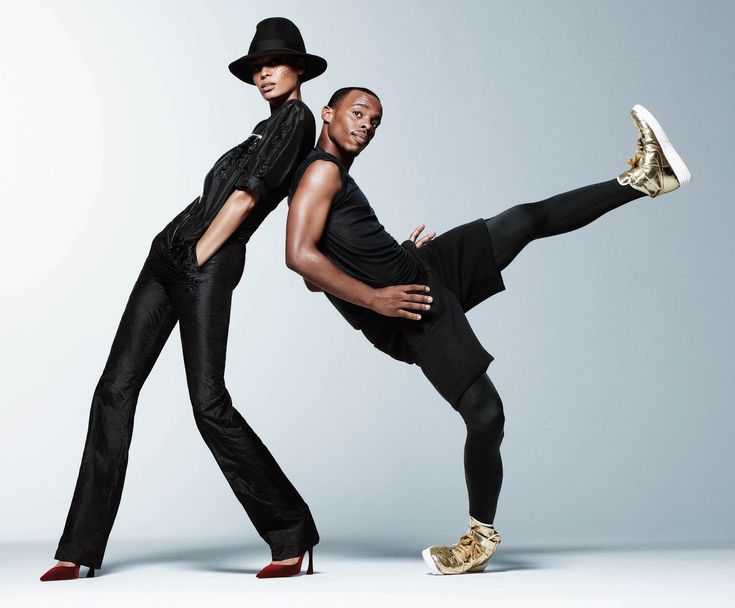
Never wear restrictive clothing if you want to learn how to twerk. For beginners, jeans and the like are not suitable - short shorts are better, as well as leggings. Among other things, they can effectively emphasize the line of the pelvis.
When dancing against the wall, try not to fall forward - you should firmly rest your hands and not lose your vigilance. Another important tip is to collect your hair in a pigtail or ponytail. Thus, they will not climb into the face and interfere with dancing.
Warm up before dancing.
Booty dance warm-up
How to learn to dance twerk safely for health? Remember that in this case we will get a huge load on the muscles, so you should first prepare well for the lesson and warm up. You can perform simple tilts to the sides, forward and backward, while you should do them slowly and feel how the muscles are stretched. You can also clasp your hands behind your back and bring your chest forward, the pelvis should be strongly retracted back - these are the so-called deflections in the lower back. That is, you should go through all the movements of the basic warm-up before the dance.
That is, you should go through all the movements of the basic warm-up before the dance.
Before each session, you should do a little stretching to warm up your muscles and not get injured when you dance booty dance. Moreover, in the middle of the lesson itself, you should also be a little distracted and stretch, try to sit on the longitudinal and transverse splits, and then continue dancing again.
Health benefits of twerk
Many people are looking for ways to quickly learn how to twerk, but some do not even realize how good it is for their health. First, your muscles will always be in good shape. With the help of such a dance, you can fully reveal your sexuality and get rid of many unnecessary complexes.
Rhythmic contraction of the gluteal muscles will help get rid of cellulite, while the rotation of the hips and a good stretch will only strengthen the legs. The effect of twerking can only be compared with a good anti-cellulite massage.
Due to the constant active movement, your body will become more toned. At the same time, due to the increase in blood flow, the cardiovascular system is strengthened. A deep squat gives you the opportunity to pump up the muscles of the inner side of the thigh. As a result of such exercises, pain during menstruation is reduced.
At the same time, due to the increase in blood flow, the cardiovascular system is strengthened. A deep squat gives you the opportunity to pump up the muscles of the inner side of the thigh. As a result of such exercises, pain during menstruation is reduced.
Here you could find answers on how to learn how to dance twerk, and you can get much more - a beautiful relief figure and a constant good mood. After all, how can you do booty dance and think about life's problems?
Archival publication of 2005: "Everybody dance!"
Today people of all ages want to learn how to dance. This can be judged by the popularity ratings of group fitness club programs. Enrolling in a dance class, clients realize their unfulfilled childhood dreams of balls and waltzes. Everyone has their own skeleton in the closet. Someone was not spoiled with toys as a child, and now he collects teddy bears. Someone instead of a flight school was assigned to a law school, and now he has fun flying a hang glider in his free time.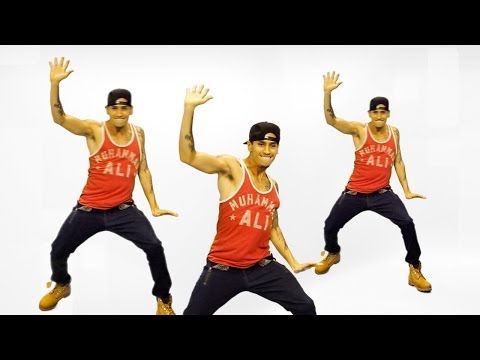 Another story happened to me. When I visited a choreographic studio as a child (and who didn’t attend it?), I diligently learned the waltz of flowers, portrayed a birch tree in a round dance and adored the dance of little chickens. When it was the turn of the harvest dance, I was offered a party ... of a tractor. It is easy to guess that this is where it all ended. Although the desire to dance did not fade away, it was possible to realize it only now.
Another story happened to me. When I visited a choreographic studio as a child (and who didn’t attend it?), I diligently learned the waltz of flowers, portrayed a birch tree in a round dance and adored the dance of little chickens. When it was the turn of the harvest dance, I was offered a party ... of a tractor. It is easy to guess that this is where it all ended. Although the desire to dance did not fade away, it was possible to realize it only now.
Dancing at the club today!
A few years ago, dance classes began to appear in the schedules of fitness clubs. At first there were few of them: Ole Samba or Latino with incendiary Latin American music, Disco or Dance party, accompanied by hyped dance hits and club dances like hip-hop, designed mainly for young regulars of trendy dance pools. Oriental dances were considered exotic, gathering crowds of spectators at the door, watching with interest several brave students “over thirty” (apparently, oriental flexibility comes with age).
Initially, the clients saw dancing as an addition to other activities, for which they bought expensive club cards. They went dancing instead of a warm-up or at the end of strength training to relieve tension. And the most optimal way to correct the figure and fight excess weight was considered to be classes in the gym and aerobics. However, the struggle for harmony did not bring the expected feeling of happiness and harmony with oneself. It was then that the hidden meaning of dance classes was revealed, for which the anti-stress and psycho-regulatory functions are no less important than the sports component.
Sports doctors also spoke in favor of dancing in fitness clubs. The fact is that dancing helps the client, who first came to the fitness room, smoothly load the body: the alternation of rhythms helps to recover well. In addition, dancing allows you to avoid microtraumas that beginners cannot avoid when they first approach the simulators.
Pa for every taste
Then came fashion.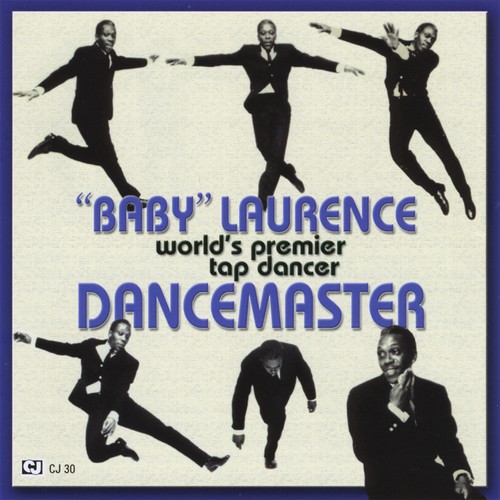 The demand for dance lessons began to grow like a snowball, and the owners of fitness clubs could not help but notice this.
The demand for dance lessons began to grow like a snowball, and the owners of fitness clubs could not help but notice this.
Thus, the number of dance classes at Planet Fitness has increased by 70% over the past two years. A similar picture is in other metropolitan clubs - Olympic Star, World Class, World Gym, Dr. Loder, Petrovka Sports and R-Fitness. Not only the number of hours allocated for the most promoted lessons has increased, but also the number of programs: classical and ballroom dancing, modern jazz, Irish dance and much more have appeared in the schedules.
The Planet Fitness chain of clubs went even further, opening even the Mosfilm dance studio for a more detailed and in-depth study of dance. “A lesson in our studio differs from a regular dance lesson in a fitness club in terms of its tasks,” says Aleksey Porotikov, dance program coordinator at Planet Fitness. - Group dance classes in a fitness club just develop coordination based on dance movements. In the studio, the chosen style of dance is carefully studied.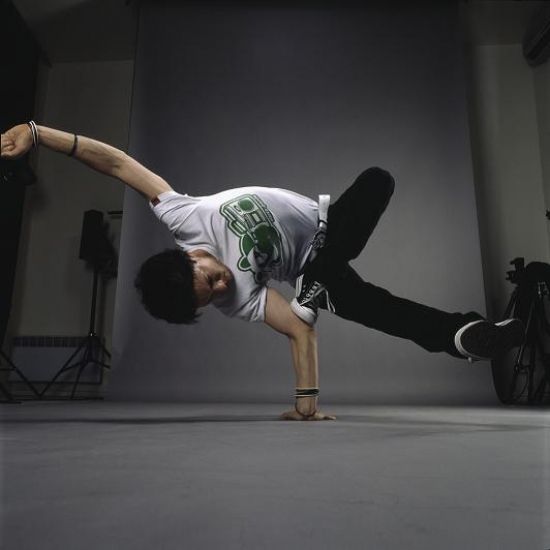 The teacher of the studio examines each step in detail and achieves its high-quality performance from the students. For many dance fans, this is exactly what was missing in the classes in fitness clubs.
The teacher of the studio examines each step in detail and achieves its high-quality performance from the students. For many dance fans, this is exactly what was missing in the classes in fitness clubs.
A new approach to personnel policy was also required. Increasingly, professional dancers began to be invited to the role of teachers. So, among the coaches of the Mosfilm studio are graduates and teachers of the Moscow Academy of Choreographic Art, teachers of the Igor Moiseev Ensemble, professional dancers and dance coaches.
The East is in fashion again
The dance menu of fitness clubs today includes about two dozen programs of varying complexity. The required level of preparation is necessarily indicated in the annotation to the lesson, so that everyone can choose a lesson according to their strength. Programs for beginners include learning the basic steps and combinations of different dance styles (latin, tango, waltz, pop), develop coordination and a sense of rhythm. Beginners should pay attention to Body Ballet and Dance Technique classes. New opportunities open up for clients who have passed the initial level of training. You can improve your choreography by choosing Latin American dances - Latin Dance or Samba. These are intensive classes with elements of modern aerobics, which have retained their popularity for several years.
Beginners should pay attention to Body Ballet and Dance Technique classes. New opportunities open up for clients who have passed the initial level of training. You can improve your choreography by choosing Latin American dances - Latin Dance or Samba. These are intensive classes with elements of modern aerobics, which have retained their popularity for several years.
Dance gourmets can pay attention to folklore styles (russian folk, flamenco, country), which are separated into separate lessons or combined into a Dance Mix lesson, during which the instructor fantasizes, combining different types of dance. One of the latest innovations is Jazz Modern, which teaches you how to dance to the sounds of classic American jazz.
Despite the fact that oriental dances have been present in the fitness clubs' schedule for many years, they remain favorite lessons for many. Fans of Belly Dance (Oriental Dance) are attracted by the combination of seductive movements of the shoulders, hips and abdomen to the enchanting sounds of oriental music.
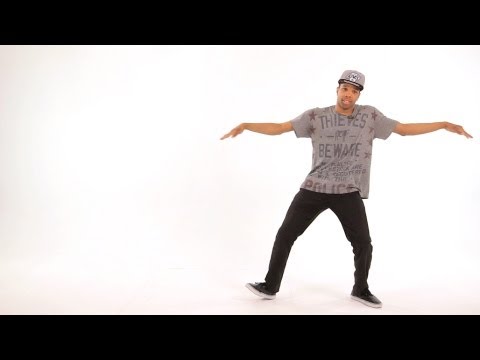
 Ray White (1927-1985)
Ray White (1927-1985) 

